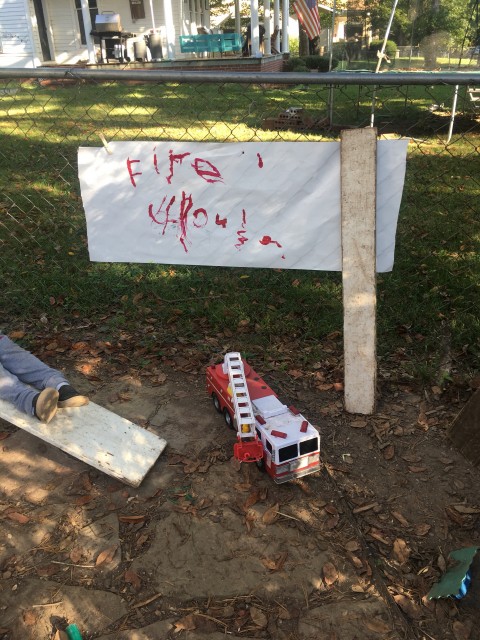Letting Children Choose
Letting Children Choose
Why do we as adults pick certain hobbies such as painting, playing music, or gardening? We spend time on those activities because we find it enjoyable, we have some control over the activity, and we see it something we probably will be successful at. We choose what we will paint or plant ; we decide where, when, and with whom we will enjoy our hobbies.
Children, too, learn best when they have some control over their learning, when activities are meaningful and relevant, and when they can make choices in the materials they work with and how they will use them.
Children thrive when they have opportunities every day to make choices in their learning. We facilitate children’s choices with a carefully planned environment. We create the environment to allow a child to choose activities that are developmentally appropriate for his or her age. The children choose the friends they will work with and play with and usually determine how they will use the available materials.
These choices empower children to take control of their own learning. Children use materials and equipment in far more creative and innovative ways then we can plan , and they use the materials in ways that will meet their own developmental needs.
Research indicates that intrinsic motivation – when we work on a task primarily because we find it satisfying – is the most effective and engaging way to learn. In our program we try to make an effort to provide materials and activities that provide choice and interest the children. That’s a key reason that you’ll see busy, involved children when you visit the classroom
( Speaking of visiting the classroom, every day this week we have had parents come play. There have been five total thid week have taken time out of their day. We appreciate it. I have never understood why parents wait until children reach the public school setting to decide to show up and volunteer. Thank you ! )
Back to our subject of choices –
Today I was watching some children work in the corner of the yard and they were putting materials in a shape that resembled a building. I inquired what they were doing I was told they were building a fire house.
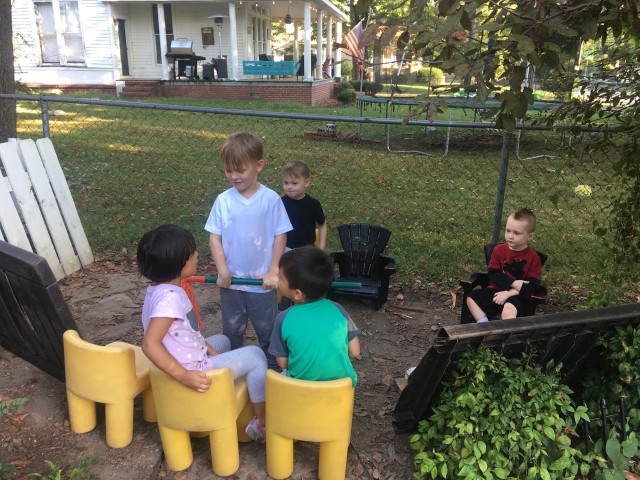 The next thing I noticed was a piece of wood they were using as a speaker.
The next thing I noticed was a piece of wood they were using as a speaker.
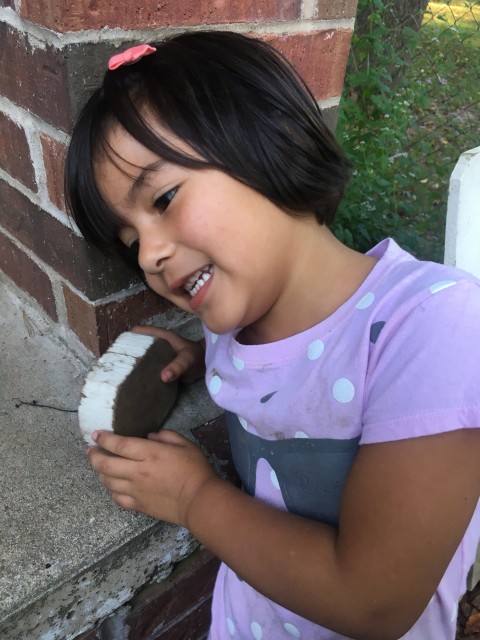
I asked them how people would know it’s a firehouse. They said they needed a sign . I asked what they thought they needed to make a sign . They told me paper and red paint. I gathered the materials and wrote firehouse on a piece of paper and let them go to work .
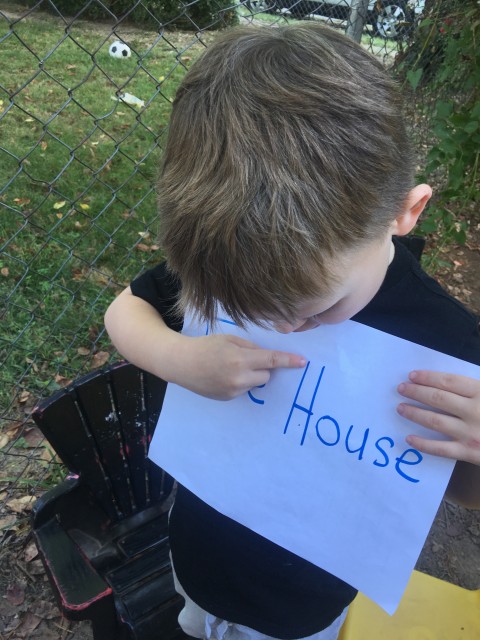
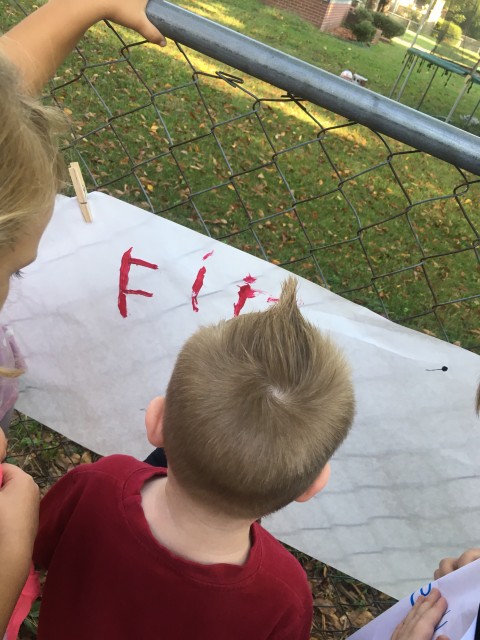
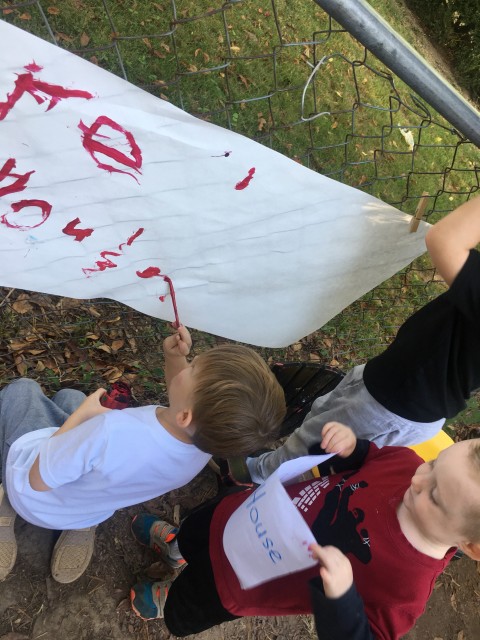
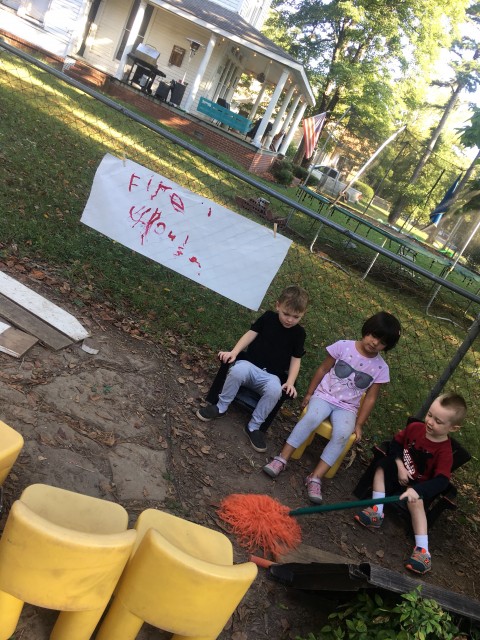
They even made beds.
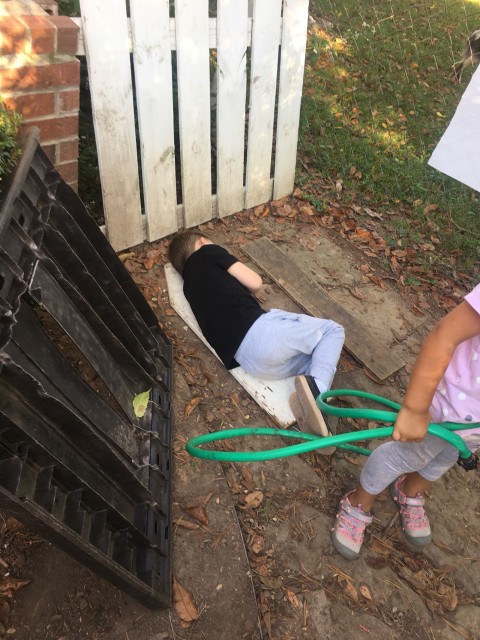
Later as I almost tripped over the hose that stays by the back gate I wondered if they might enjoy adding it to their play. I brought the hose to them and asked could they use it? Of course they can !
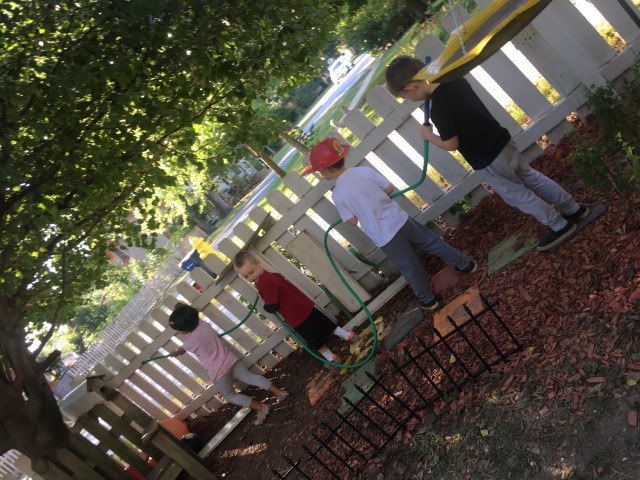

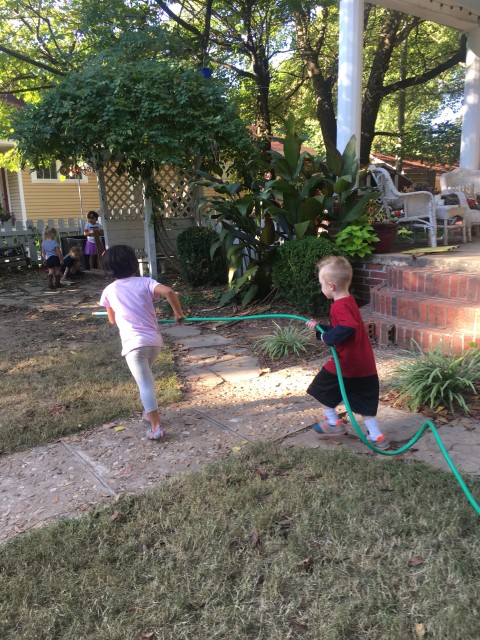
Some of these children have prior experience as we have visited our stations. Jude especially has experience since his dad is a fireman and he spends time at our fire house. I giggled a little when I saw they had made recliner’s.
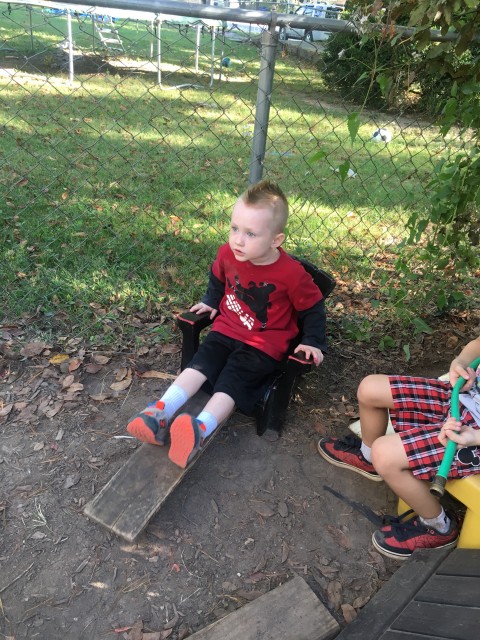
Can you see all of the things that can be learned in this play experience. All of this with initiated by the children I was simply a supporting player. So Michael is the teacher is to see what’s next. I wonder…,
